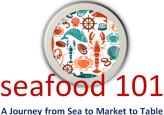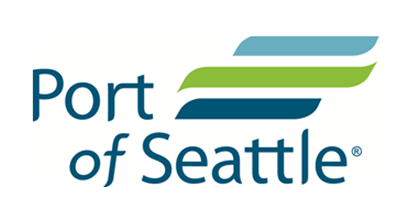
Seafood 101 Special Events
Seafood 101 kicks off during National Seafood Month in October, and culminates with the annual Pacific Marine Expo, set for November 17-19 at the Lumen Field Events Center.
Seafood 101. Celebrate the journey from sea to market to table.
National Seafood Month - October
A great time to highlight smart seafood choices, sustainable fisheries, and the health benefits of eating a diet rich in seafood! The United States is a global leader in sustainable seafood, supporting an industry with 1.2 million jobs nationwide and adding $55 billion our economy.
November 17-19
Pacific Marine Expo
This year's PME will be an online event. For details:








